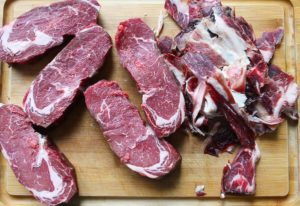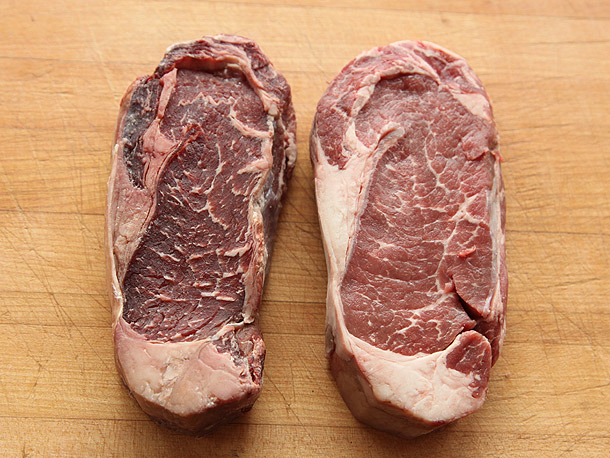Even in casual restaurants with steaks as part of the menu, such as Gameworks, the best steaks are aged to perfection. Fresh beef may be desirable in many dishes but when it comes to grilled steaks, it has no flavor despite the spices and herbs, no tenderness even when cooked, and no juiciness regardless of the rich sauce as toppings.
Reasons for Aging
In steaks, aging refers to the process of letting the meat’s muscle fiber slowly break down, known as proteolysis in scientific terms. The result: The beef becomes tenderer since its enzymes attack, so to speak, its structural proteins, which also heightens the meat’s flavor upon grilling.
In most restaurants, the aging process can take anywhere from 21 to 28 days but many restaurants will age their steaks for a longer period.
Ways to Age Steak
The best restaurants use one of two methods in aging their steaks. While no method is better than the other, professional chefs recommend the dry aging method because the steak will likely have more flavor, tenderness, and juiciness. In the end, it will boil down to your personal preference.
Dry aging
In dry aging, unwrapped cuts of beef are stored out in the open within a climate-controlled environment with strict levels of humidity, temperature, and airflow as well as ultraviolet lights to prevent the growth of harmful bacteria.
These conditions result in the meat drying up (i.e., moisture loss, a must since moisture is the number one enemy of a perfectly grilled steak) while concentrating the flavors in the center.
Wet aging
In wet aging, the beef is aged in vacuum-sealed plastic bags that seals in the moisture as well as tenderizes the meat and intensifies its beefy taste. Since the meat largely retains its original weight, its flavors are not as concentrated as in dry-aged beef. The upside: Wet-aged beef is more affordable.
You can ask your waiter about the aging method used on your steak as well as ask for a specific level of doneness.
